The Apple Watch Review
by Joshua Ho & Brandon Chester on July 20, 2015 8:00 AM EST- Posted in
- Wearables
- Apple
- Mobile
- Apple Watch
Final Words
At the beginning of this review, I said that I haven’t worn watches in any consistent fashion for my entire life. In a lot of ways, this will be an accurate characterization for many people. With the rise of the cellphone and its network-synchronized time, it became pretty much pointless for most people to wear a watch. The ergonomic annoyances involved with wearing a wristwatch strongly outweighed whatever functionality it provided. In this context, Apple is really facing an uphill battle with the Apple Watch. Apple has to sell people on the concept of a watch all over again, and not just on the idea of a smarter watch, which is a challenge that they never faced in smartphone adoption.
There are so many aspects of the Apple Watch that really have to be considered before we figure out whether Apple has succeeded, so we have to break this down into multiple aspects. The first is the design, because people that wear wristwatches all the time don’t really approach this the same way others would. What seems normal to people that wear watches all day long is easily uncomfortable and annoying to people that aren’t used to wearing watches.
As a result, this kind of discomfort can easily result in a wearable that ends up thrown in a drawer somewhere to be forgotten, which won’t bode well for long-term gains. I’ve tried other wearables, but nothing really interested me because everything was uncomfortable in some way. Over time, these small annoyances just made it easy for me to decide that the functionality of the wearable was outweighed by the discomfort of the design.
The Apple Watch on the other hand doesn’t suffer from discomfort issues at all, and in this regard, Apple has arguably pushed the industry forward. For the most part, it’s a pretty safe bet that pretty much anyone will find a band design that they like. In the case of a band like the Milanese Loop band, the problems I’ve always had with traditional leather buckle bands are pretty much eliminated. The Sport band is rather traditional, but the material used helps to alleviate discomfort when sweat starts to wet the band and evenly distributes tension around the wrist.
Meanwhile, although Apple’s wristbands use a proprietary mechanism to lock into the watch, like the Lightning connector it makes a huge difference in user experience because it’s incredibly easy to swap out bands compared to just about every other watch or wearable I’ve seen. The design is also executed well, which is good enough that it doesn’t look out of place when comparing it to analog watches. We can talk about whether the watch is too thick but on the wrist it blends it well without significant problems. The one problem that I’ve noticed in terms of ergonomics is that long sleeves are a significant impediment to usability because I have to pull my sleeve back to use the watch.
One crucial aspect of the Apple Watch's design and accessibility is its size. Apple sells two versions for people with different wrist sizes, and this alone is something that distinguishes it from most other smart watches on the market today. Even with two sizes, the larger 42mm Apple Watch is still substantially smaller than most other wearables. This makes the Apple Watch accessible to a wide range of people, and it highlights an issue that is prevalent within this section of the wearable market which is that smart watches tend to be sized quite generously to accommodate large batteries and PCBs. While this is fine for users with larger wrists, it ends up excluding a large portion of the market. A user who feels most comfortable with the 38mm Apple Watch, for example, will almost certainly find a watch like the Moto 360 to be far too large.
Outside of design, the other critical aspect to getting a modern watch right is SoC, which sounds absolutely absurd for a timepiece. However, it's important to emphasize that Apple cannot afford to only sell Apple Watch to people who already believe that it is sufficient for a watch to only tell time; Apple Watch needs the performance to do more.
In this regard, Apple has targeted the SoC correctly for a 28nm HKMG process. A 520 MHz Cortex A7 is ultimately the right choice to make to focus as strongly as possible on perf/W for this platform, given that average power draw over the course of 18 hours can only be about 40-50 mW at most it’s important to make sure that the CPU voltage and frequency curves are in the right place for the TDP of a watch and that the CPU spends most of its time in an efficient mode of operation. The use of an appropriately-sized GPU for the watch form factor is also important, and helps with making power stay at the 40-50 mW average power consumption over the course of a day.
The one catch here is that at 28nm the performance that the watch can deliver is on the edge of what’s acceptable in terms of frame rate and loading times. Apple Watch really needs a better process technology in order to deliver more performance without compromising power consumption, and a move to a leading-edge FinFET process would go a long way towards accomplishing this thanks to the rather significant voltage improvements FinFETs afford.
Ultimately, hardware is just one part of the equation. Hardware innovation is impressive in its own right, but without an application there’s no value to the end user. Fortunately, WatchOS delivers in a very big way. Force Touch is consistently used throughout the UI to provide additional controls that otherwise would reduce information density. The Digital Crown is used to allow for information density that allows for precise zoom and scrolling in a way that I never really experienced with other wearables, and is really an integral part of the WatchOS UI as capacitive touch is almost never used outside of tapping in everyday use.
Key features like fitness, music playback, text messaging, and email are all executed well with very little need for end user intervention which is really critical on a device where any sort of text input is difficult to say the least. Notifications are also well-handled and work as expected, with no strange behavior like not dismissing notifications on the phone if dismissed from the watch, and appropriate haptic feedback for various notifications. Apple Pay also works well from the software side even if there are some ergonomic pitfalls.
Out of all the wearable OSes I’ve seen, it really feels like WatchOS is what iOS was for smartphone OSes. Of course, Apple Watch isn’t perfect in the software department. Due to the relatively weak SoC in this version of the Apple Watch there’s a lot of time spent staring at loading screens when the app is loading from the phone or if the app needs to pull information from the network. There are also a surprising number of cases where the UI visibly runs below 60 FPS or otherwise stutters, which suggests that an extra CPU core and/or higher clocks would help a lot. There are also some problems with how multiple notifications from either the same or different apps are handled, but overall the execution on the software side is excellent.
Getting back to hardware, aspects like the display and battery life are also solid when examined in a vacuum. The display could probably be improved upon from an energy efficiency perspective, but given limited testing tools it’s difficult to have the same data that we do on the smartphone side, so this assumption is almost purely based on power testing of LG OLED and Samsung OLED displays in various smartphones. The brightness of this display is acceptable, and the calibration is excellent by any standard which surprised me given the reduced need for color accuracy in a wearable display. Subjectively, I didn’t have a lot of trouble with seeing the display in daytime but given the use of the more conventional glass on the Sport edition reflection should be greatly reduced relative to variants with the sapphire lens.
Although we don't have an objective battery life test, the Apple Watch never failed to last a full day, and charge time is acceptable although nowhere as fast as something with wired fast charging. This sounds like a relatively short comment, and it's because I sincerely never worried about battery life. Range anxiety just isn't a problem like it is on smartphones.
The Taptic Engine is also a seemingly simple change, but the result of a modified linear actuator incorporating the speaker has a pretty enormous effect because notifications become impossible to miss. Apple claimed that the haptic feedback would feel like someone is tapping you on the wrist, and that’s actually entirely accurate. I normally don’t pay that much attention to haptic feedback in something like a smartphone, but in this case it’s such a big deal because it’s far quieter than conventional vibration yet immediately obvious no matter the situation. I’ve missed notifications before on my phone despite strong vibration feedback, but I’ve never missed a notification on the watch because of this new haptic feedback system.
In light of all of this, we have to try and split up this review into multiple parts. Although this is a review of the Apple Watch, the Apple Watch will ultimately be quickly forgotten with the launch of future iterations of the Apple Watch. After all, Apple is not trying to sell the world on the idea of a smarter watch, but the idea of a watch altogether.
For those still deciding on whether the first Apple Watch makes sense, I have no reservations in saying that it’s the best wearable I’ve ever used. However, at the same time I find it hard to recommend this first-generation Apple Watch. It’s clear that there are far too many obvious areas to improve upon, areas where Moore’s law will help to dramatically improve the experience. In the case of smartphones, Moore’s law made it possible to deliver true all-day battery life and fluid app performance. After spending a few months with the Apple Watch, all I can see is a need for more compute and battery life, like what happened with smartphones.
Finally, we get back to the question of whether Apple will be sell people on the concept of a watch. In the months since I first used the watch I’ve ended up wearing it every day. I distinctly noticed its absence when I forgot the charger on a trip. I don’t know if Apple will succeed in convincing others of the utility of a watch, but they’ve definitely convinced me.


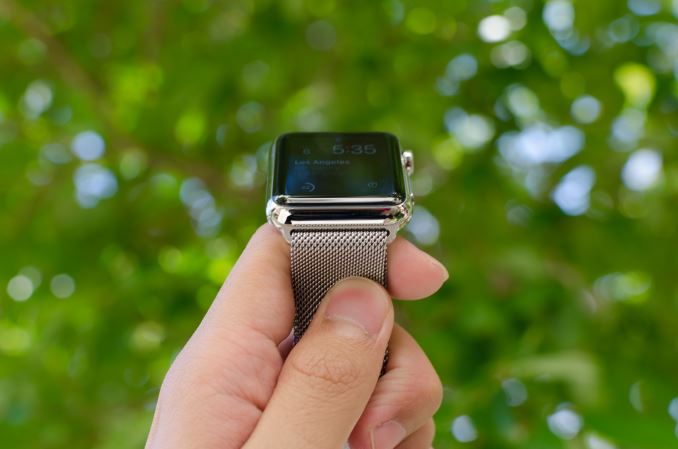
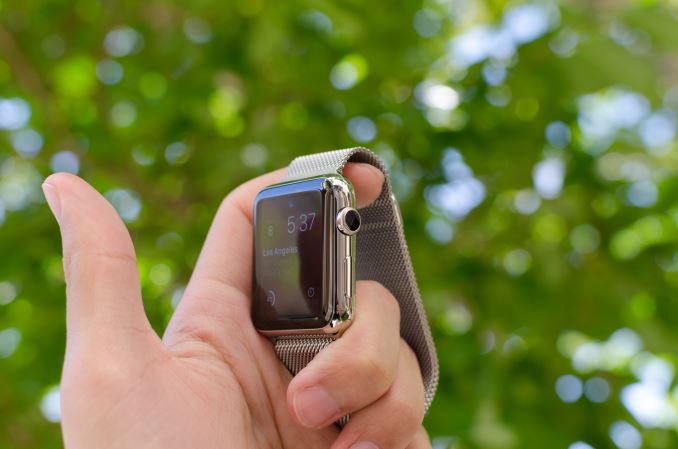
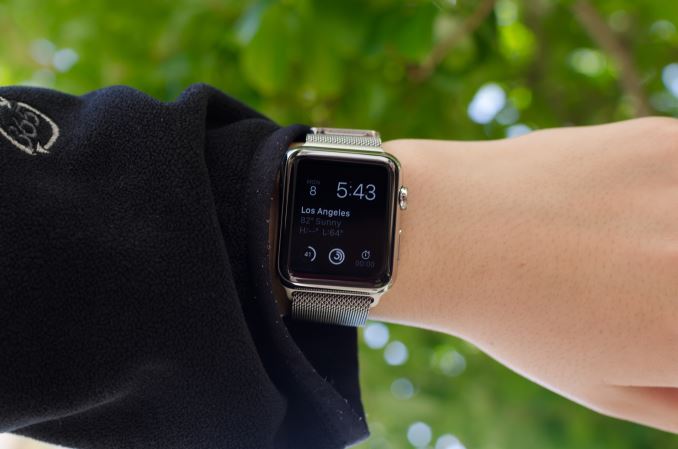
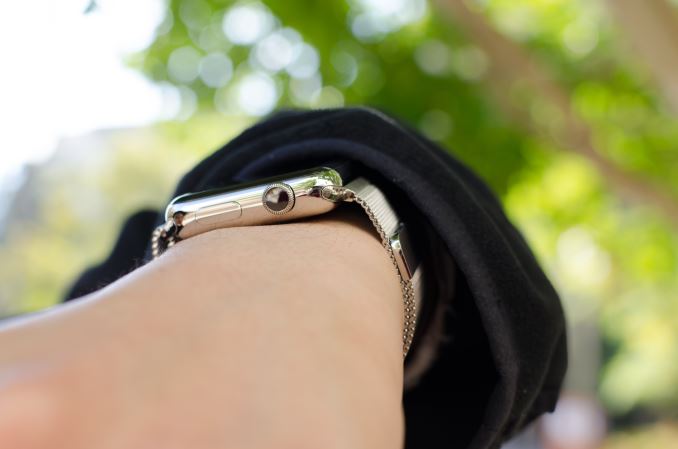
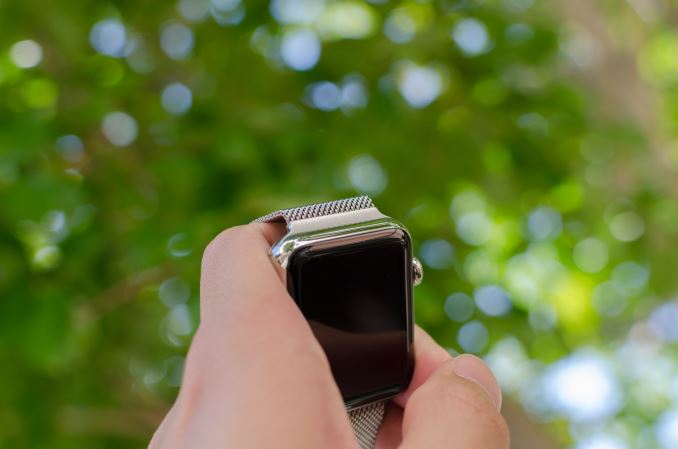
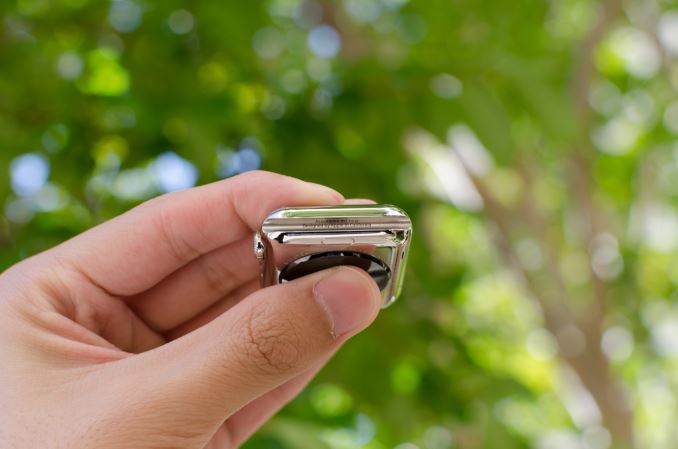








270 Comments
View All Comments
fred deer - Monday, July 20, 2015 - link
Anandtech has put their Apple buttkissing into overdrive now that Anand works for them.Where is the objectivity Anandtech was once famous for? Why does Anandtech feel the need to make excuses for Apples shortcomings? They only do this for Apple products. Here are two examples, the watch is slow, but we know Apple will improve this. The apps aren't very good but they'll get better over time. You suck Appletech.Smog35 - Monday, July 20, 2015 - link
The price is steep to finger this.KPOM - Monday, July 20, 2015 - link
So I see the anti-Apple crowd is out in force here. It's interesting to see a tech reviewer with a mostly positive view. A Wristly survey seems to show that non-techie people like the Watch better than techie people. Perhaps it's because they see the Watch for what it is, and aren't judging it solely as a tech product.At the same time, it's good to get an AnandTech view, since they are very good at addressing the limitations of the technology and giving us a sense of what we can reasonably expect for the future. Move this to a 14nm process, or even a 10nm process in a few years, and the Watch may be a lot more fluid and last even longer.
Impulses - Monday, July 20, 2015 - link
I appreciate having an AT review of the Watch, regardless of tone, if nothing else because they'll be more meticulous than almost any other site so it'll actually be worth reading even if I don't necessarily agree with the conclusion.My only quibble is that there seems to be multiple allusions to other wearables but they're never directly compared or even mentioned. I realize that the iOS buyer that's thinking of getting an Apple Watch is probably not cross shopping much but still...
Any other wearable review will surely feature plenty of direct comparison to the Watch. There's things that work very differently across the field, but even when it comes to highly subjective things like fit there ARE points of comparison.
For instance, something like the distance from strap lug to lug can vary greatly independently of actual watch size and it's something casual blog reviews don't really pay attention to.
dusk007 - Monday, July 20, 2015 - link
I think the anit-AppleWatch vibe is strong with how many posts are phrased here but still there is some truth in it. The reviewer only mentioned the rather old Moto 360 as a state of the art comparison. Nothing about the 42mm diameter Huawei watch that looks really good and much better than the moto 360 which was first to market but is old tech today. G watch R and what they are all called.I love AT reviews about chip architectures and stuff, but where Apple is concerned they always had quite bit lacking in objectivity I feel. Maybe a Huawei Watch review will balance the scales.
Personally I still don't see this device really taking root outside of the die hard Fanboys and tech geek crowd. I have read a few reviews but a wrist watch is still a bother (I never found one uncomfortable just annoying), the Apple one is especially expensive and they seem to solve little that needs solving. It is nonessential, a bit of a techy toy and expensive, I don't see it taking off. iPhones are subsidiced, ipads are family devices, that justifies the cost. For the watch I don't see the big market that whole smartwatch industry is hoping for.
SR22pilot - Monday, July 20, 2015 - link
Data says non-techies are happier than techies. My experience backs it up. My girlfriend loves hers. It has taken longer for it to grow on me. It isn't an iPad that entertains. Apple Watch reduces your time consumed with technology. As for the review, my disagreement is with the statement that heart rate doesn't belong on a glance. My girlfriend had a heart issue and loves having heart rate easily accessible.JoshDouble - Tuesday, July 21, 2015 - link
The Huawei Watch hasn't been released yet. "According to He Gang, an executive from Huawei’s smartphone division, it’s the Android Wear platform that’s causing problems. The company is adapting Android Wear to work without Google’s services in China, where they aren’t available, and to adopt Huawei’s suite of apps instead. It’s a time-consuming and highly technical operation, and has forced Huawei to push the release date until September at the earliest."Haters are gonna hate it, but Apple has nailed it once again and is already dominating this new market.
dusk007 - Tuesday, July 21, 2015 - link
To not have the fragmentation problems, Google from the start did not allow any skinning of Android Wear. I see how that might be an issue for Huawei. But from a pure hardware perspective it is the prettiest device I have seen.Daniel Egger - Monday, July 20, 2015 - link
> So I see the anti-Apple crowd is out in force here. It's interesting to see a tech reviewer with a mostly positive view. A Wristly survey seems to show that non-techie people like the Watch better than techie people. Perhaps it's because they see the Watch for what it is, and aren't judging it solely as a tech product.That's exactly what I don't understand: The Apple Watch is a horrible watch (actually not much different from pretty much any other smartwatch on the market...). Two items are essential for *any* item which wants to be coined a watch: Decent battery life and permanent readability. The Pebble gets very close to that; anything else is simply a complete failure.
Call the Apple Watch a status symbol, a geek tool, a toy, jewelry ... but please not a watch.
tipoo - Monday, July 20, 2015 - link
"I’ve never really used a fitness tracker that keeps track of something as simple as standing time, which seems like an obvious metric to track as soon as you start using the fitness functions of the watch because sitting for extended periods of time can have significant effects on health regardless of how much exercise you do. "I don't really get this aspect of the Apple Watch's fitness part. It makes you stand for a total of minutes more per day, you could fill that entire bar while still sitting most of the time, like I suspect most people would still be doing in office jobs and such. Would that really make a difference? Everyone knows sitting too much is bad, but how can standing for a minute per hour or whatever make any difference?